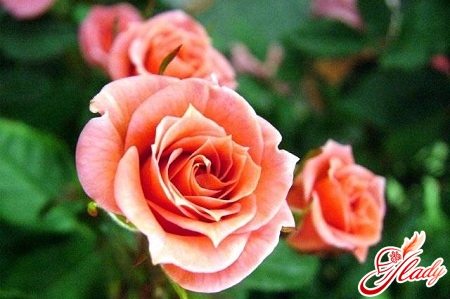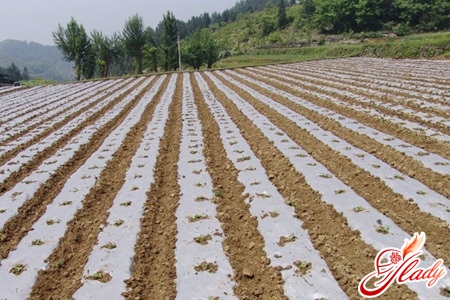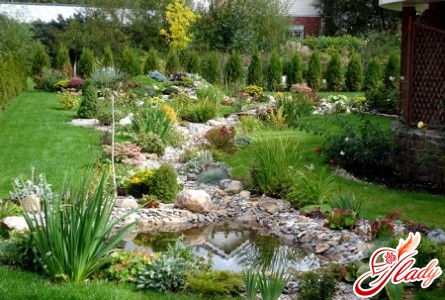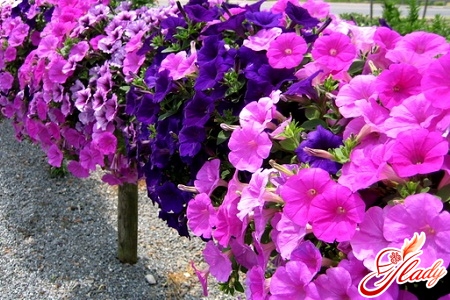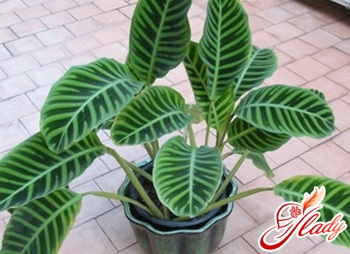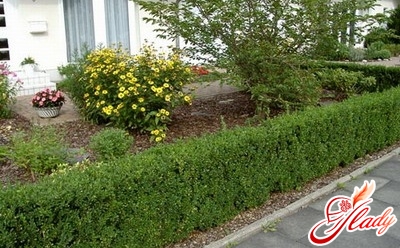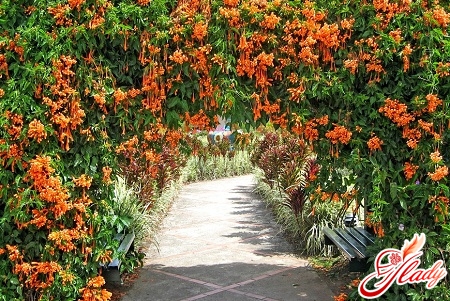 Climbing plants are often used forlandscape design decorations. They are used for vertical landscaping of terraces, gazebos, balconies and fences. They do an excellent job of disguising, hiding construction flaws or defects. Many of these plants are completely unpretentious, so they can become your best friend in your garden. Especially if this plot is small. Think about why you need to plant flower beds if you can plant vines that will grow upwards, without taking up space and decorating the surrounding area? To decorate the garden, it is advisable to choose perennial plants, so you do not have to update the design of the site every year. And to make it easier for you to choose an unpretentious climbing perennial plant for your garden, let's take a closer look at the types of vines and the rules for caring for them.
Climbing plants are often used forlandscape design decorations. They are used for vertical landscaping of terraces, gazebos, balconies and fences. They do an excellent job of disguising, hiding construction flaws or defects. Many of these plants are completely unpretentious, so they can become your best friend in your garden. Especially if this plot is small. Think about why you need to plant flower beds if you can plant vines that will grow upwards, without taking up space and decorating the surrounding area? To decorate the garden, it is advisable to choose perennial plants, so you do not have to update the design of the site every year. And to make it easier for you to choose an unpretentious climbing perennial plant for your garden, let's take a closer look at the types of vines and the rules for caring for them.
Ivy
Have you ever wondered howBoston ivy (and other climbing plants that do not require support) grows up a brick wall? It's easy, because Boston ivy is a plant with Velcro, which it uses to stick to any surface, due to small sticky tendrils. When a plant with Velcro encounters an obstacle, it easily begins to grow sideways. But do not forget to be careful, because if you plant this plant next to a building, it may damage the brickwork or other materials. The peculiarity of ivy is that if you correctly direct its growth, do not let the shoots go up, but press them to the ground, then a dense leafy carpet will appear on your site, which will successfully replace the lawn. However, it is not advisable to walk on it - let it perform only a decorative function. This climbing plant does not require special care, but ivy is very picky about the planting site. It is best to plant it in a windless and sunny place. The plant is not covered for the winter, it tolerates frosts well, does not shed its leaves, it simply replaces them with new ones with the onset of spring.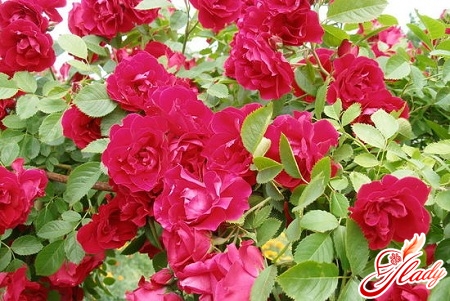
Braided Rose
This type of climbing plant is unable to grow on its own.grow along the structure. And if you want the rose to grow in a gazebo or along a trellis, you should help the plant. To do this, attach it or tie it to the structure. However, you should be very careful here and not attach the branches too tightly - this can damage them. If possible, it is better to buy trellises that have special clamps made for these purposes. Roses are a type of climbing plants that are completely undemanding to soil and moisture. You will only need to take care of the access of sunlight to the plant. For successful growth and flowering, a climbing rose needs at least 6 hours of sun. In the middle of summer, this plant will begin to delight you with lush flowering. This period lasts about a month. Usually, a climbing rose blooms once a year, but if you remove faded buds and trim dead branches in time, it can give you a surprise - bloom again at the beginning of autumn. Every year after winter, all dry branches must be cut off to give the young shoots more freedom. And once every two or three years, the plant must be thinned out, removing the oldest branches.
Clematis
Clematis is a type of climbing plant that haslarge and colorful flowers. And its leaves are juicy and bright. By the way, it is the leaves that clematis clings to the support, and the higher the structure, the higher it grows. Clematis is completely unpretentious, and also has many colors. Therefore, you will have the opportunity to choose a flower to your taste, which suits the design of the entire site. Clematis blooms once, but, like a rose, it can please you with a second flowering, albeit less abundant, if you cut off the faded buds in time. The plant is pruned in the spring, as soon as the buds appear, dry branches are cut out and living ones are shortened. Each variety of clematis requires its own care, so when buying, check the details with the seller. There is only one general rule: when pruning, do not let the branches grow high, they should be at eye level.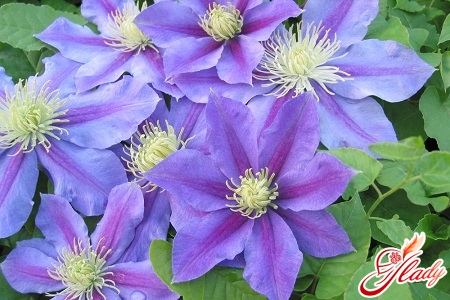
Wild grapes
This type of plant is the most common in our country.country, because it has adapted best to our climate. Bright grape foliage appears in early spring and lasts until late autumn, changing its color depending on weather conditions. Wild grapes look very beautiful in autumn, decorating your garden with yellow, red and burgundy leaves. Grapes are unpretentious, any place you choose will suit them for planting. The main thing is to take care of a strong support. Wild grapes do not require special care, the only thing they need is timely pruning. If you do not prune the plant, then soon your site will resemble a jungle. It is also necessary to remove those branches that have reached fruit trees, since over time the tree may not withstand the load and die.
Wisteria
Wisteria is a southern lady, so it can benot everyone can grow it. But if you manage to grow this beauty, everyone will envy your garden! The plant blooms very beautifully, with clusters of blue, white or pink, which hang from the branches by 20-30 centimeters. The planting site should be warm and windless. It is also necessary to limit the space for growth, since wisteria produces additional shoots from the roots. This can ruin other plants on your site. In regions with a mild climate, the plant develops successfully and does not need winter insulation. The closer to the north or to places where it is constantly windy, the more difficult it is to preserve wisteria in winter. The features of insulation are quite meticulous, so it is best to consult about this when buying a plant.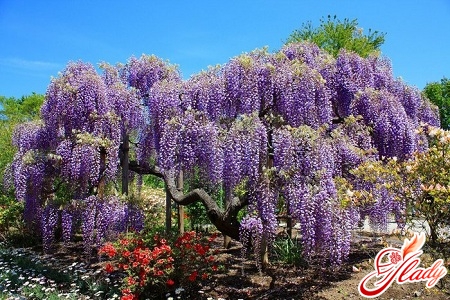
We build support
There are quite a few varieties of climbing plants, and each of them requires different supports in design and height. Let's look at this issue in a little more detail:
- For plants that have thin stems, lightweight construction is enough. Such as the grid "rabitsa." Also the ideal option will be plastic or even fabric mesh.
- Larger and heavier branches need morestrong constructions. It is best to use wooden pergolas. On this support can be attached to any of the climbing plants, and feel while it is itself will be great.
- The thinner the branches of a plant, the thicker it isfill the support. Wisteria, for example, will develop well on a support with horizontal beams with a distance of 30-40 centimeters, wild grapes will require a shorter distance - about 20 centimeters. But the clematis needs a net to fill the main support.
Whichever vine you choose, the approach isthe construction of the support should be serious. After all, how the plant will feel depends on it. And if it is “happy”, then its appearance will bring only satisfaction and joy! We recommend reading:




